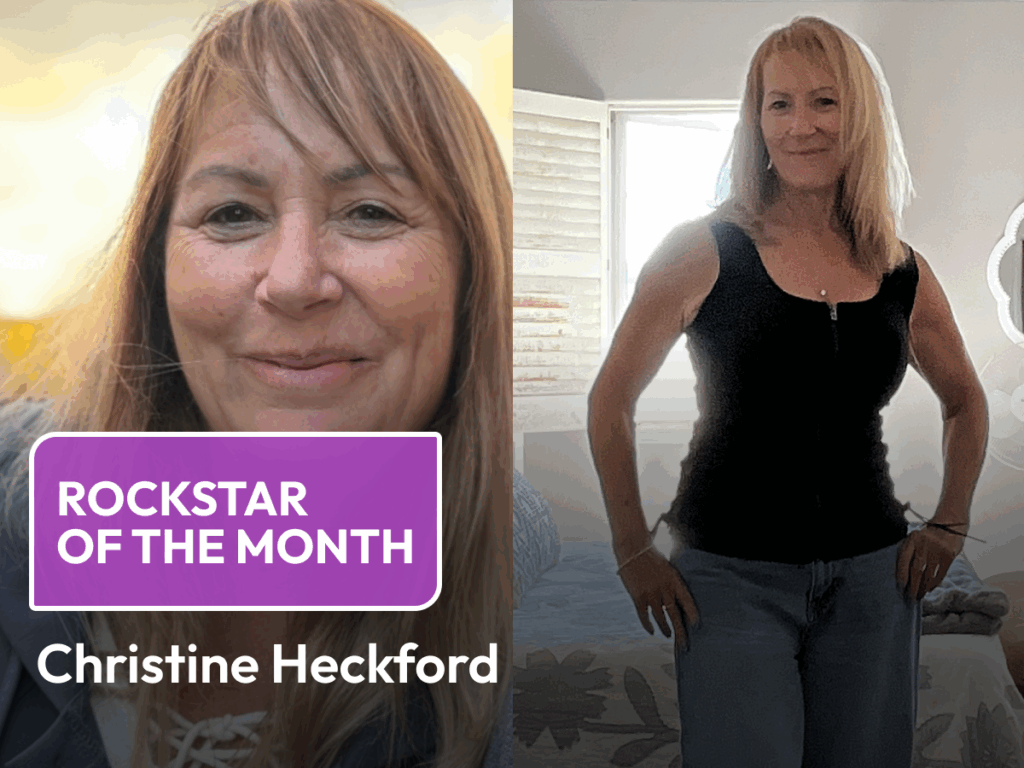What do you think of when you hear the word, fermented? Beer and wine are fermented. Bread, cheese, yogurt, chocolate and coffee. Foods such as kombucha, sauerkraut, kimchi, miso, and tempeh have become much more popular in the last decades. If we look back to traditional cultures, most, if not all created fermented foods and ate them on a regular basis.
Fermentation is the process by which microscopic bacteria and fungi consume decaying matter and transform it into something else which is more digestible and nutritious. When we eat live, unpasteurized fermented foods, we carry those beneficial bacteria right into our own guts where they live symbiotically with us.
Preservation
Fermentation is a preservation method. Microscopic organisms produce alcohol, lactic acid and acetic acid which retain nutrients and prevent spoilage – crucial for our ancestors to keep hunted and gathered foods safe and edible throughout the seasons. And over long voyages. Remember the stories of explorers getting scurvy after months of travel without fresh foods? This changed when barrels of sauerkraut were brought on board in the 1770s. Sixty barrels of kraut over 27 months prevented scurvy across the entire crew! On the other side of the world, Polynesians traveled with fermented taro, or poi, in their canoes to sustain them throughout their journeys.
Digestibility
Not only does fermentation preserve foods but also makes them more digestible through ‘pre-digestion’: breaking down proteins into amino acids. Fermented soybeans in the form of miso, tempeh and tamari are much more easily digested than unfermented forms which may cause flatulence and indigestion. Lactobacilli in fermented dairy products make lactose much easier to digest.
Nutrition
Microbial cultures in fermented foods both create new nutrients and remove toxins. B vitamins, antioxidants, and omega 3 fatty acids are created during the microbial lifecycle. Cassava is only safe and edible after high levels of naturally occurring cyanide are eliminated via fermentation or cooking. Phytic acids in grains block absorption of minerals such as zinc, calcium, iron and magnesium unless soaked and fermented. The simple practice of soaking whole grains for 12-24 hours before cooking neutralizes phytic acid.
The process of fermentation was originally a homegrown, small-town kind of craft. When the industrial food revolution came about beginning in the 1950s, convenience became much more important to us as a society, and these techniques fell out of favor. We may still have some of the same products available, but if they are preserved with chemicals or pasteurized, the microorganisms were either never there to begin with, or were killed off in high heat. So, in a world where we are working hard to fit in 2 or 3 balanced meals in a day, how can we also keep our microbiota in mind?
When buying fermented foods, read labels. Yogurt labels should read ‘contains live cultures.’ Sauerkraut and other fermented vegetables should read ‘unpasteurized.’ Check out Wildbrine products which are widely available.
Do It Yourself
Some of the simplest ferments to make in your own kitchen are sauerkraut and other fermented vegetables. In the case of sauerkraut, thinly sliced or shredded cabbage is massaged with sea salt, and then covered with water. Left in a covered mason jar for a few days, several microbial species flourish and produce acid, and voila, you have sauerkraut.
Another method involves filling a mason jar with a mix of vegetables and covering with salt water. Carrots, beets, cauliflower and green beans are all great options. Spices such as peppercorns, garlic, cardamom seeds, and bay leaf are flavorful additions that will also make your jars of fermenting kraut look beautiful on your counter. There are many recipes for fermented foods available online if you would like to try making some at home. I also highly recommend Sandor Katz’s book, Wild Fermentation for a history of fermented foods and many recipes from vegetables, grains and beans, to breads, wines and yogurts.



